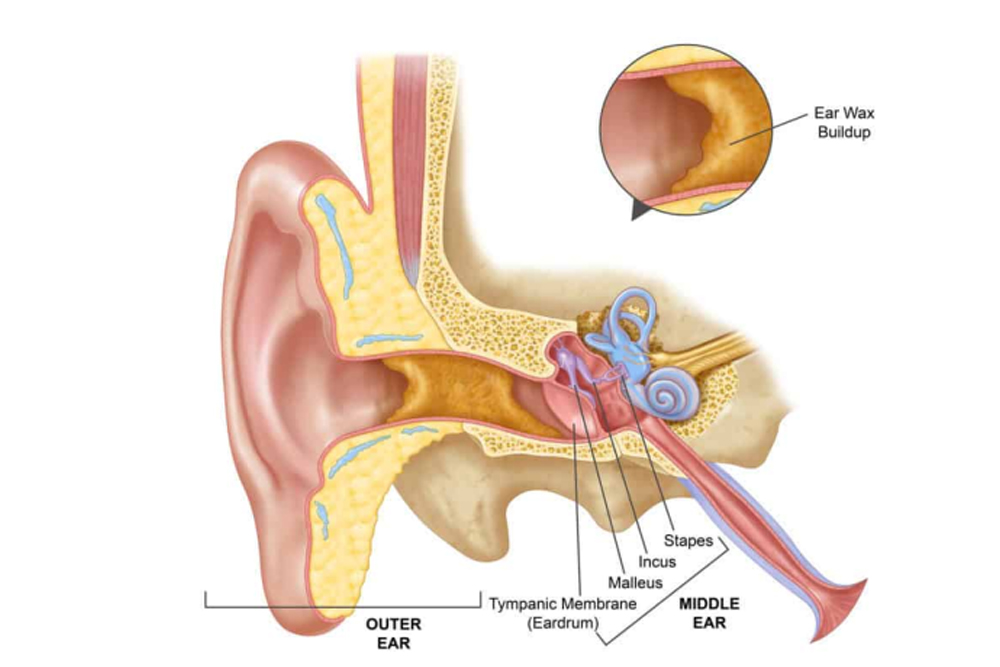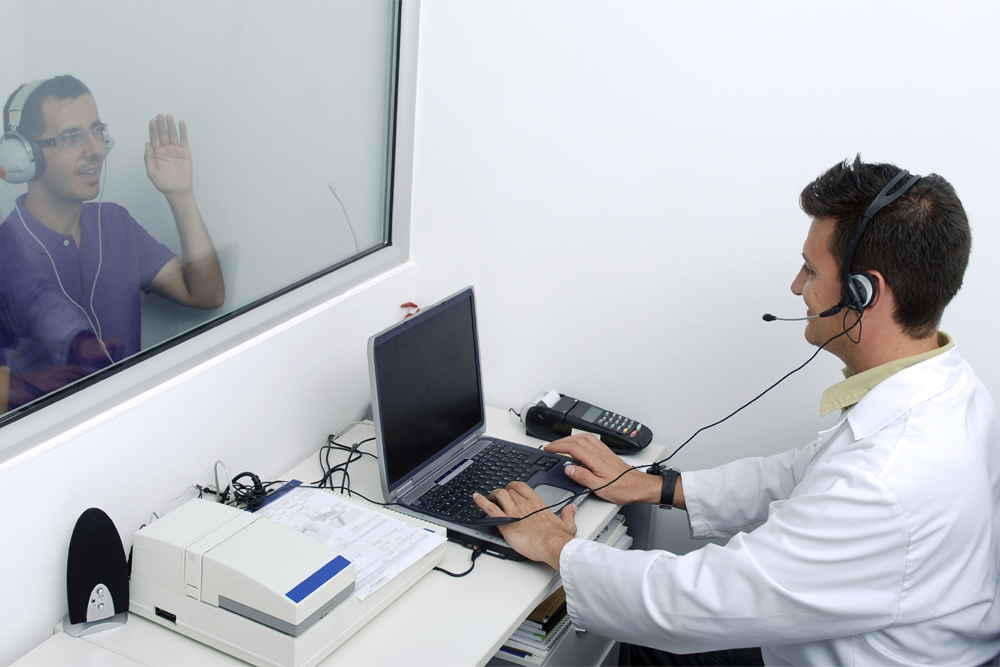
Ear

Ear wax
Ear wax (or cerumen) is a natural substance produced in the ears of many mammals, including humans. Despite popular beliefs, it helps keep our ears clean by filtering out dust, debris, and other substances like shampoo. It also protects the ear canal from infection.
In some patients, the self-cleaning mechanism gets disrupted, and ear wax becomes trapped. This can happen for a number of reasons, including the anatomy of the ear, as some people have a sharp bend in the ear canal. It can also be due to introducing foreign bodies like cotton buds or Q-tips, which can actually disrupt the ear’s self-cleaning cycle and cause the ear wax to become impacted deep in the ear canal.
Nothing should ever be inserted into the ear to clean it. At best, the wax will be pushed deeper into the ear, making it more difficult to remove. At worst, the object can puncture the eardrum, resulting in a significant amount of pain, hearing loss, and specialist appointments
A few drops of water or natural oil (olive oil or almond oil) can soften the wax and help it to naturally migrate out of the ear. Other treatments, such as Carbamide Peroxide, can help to soften and loosen wax. If there’s no improvement, the patient should consult a specialist, who may arrange for the ear to be syringed with water or the wax suctioned out under a microscope.
Hearing testing
Did you know there are different types of hearing tests? Depending on which practice you visit, you could receive a free basic hearing screening or a comprehensive (full) hearing test. The surgeons in our team always request comprehensive hearing tests to get a full picture of your hearing.
Before your hearing test, our experienced audiologist will discuss your hearing history. Then you will enter a specially made sound-proof booth to listen out for varying pitches, volumes and words. When you’ve left the booth, our audiologist will check the air pressure in your ears to check the eardrum and middle ear function.


Hearing Aid
Hearing aids suit patients with mild to profound hearing loss. In a hearing aid, a microphone detects sound which is modulated (or fine-tuned) and then amplified.
Different designs are suitable for different types of hearing loss, including behind-the-ear and in-the-ear devices, though all are small and discreet.
Choosing the correct aid depends on type of hearing loss, lifestyle and occupation. Our specialists have the expertise and experience to be able to direct you to the most appropriate hearing aid solution for your needs.